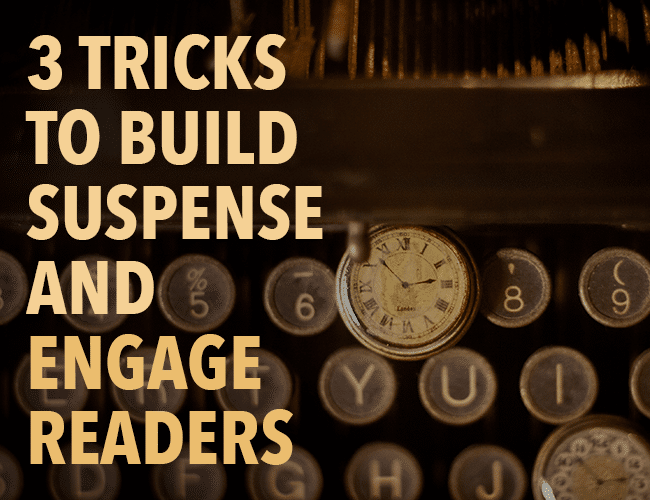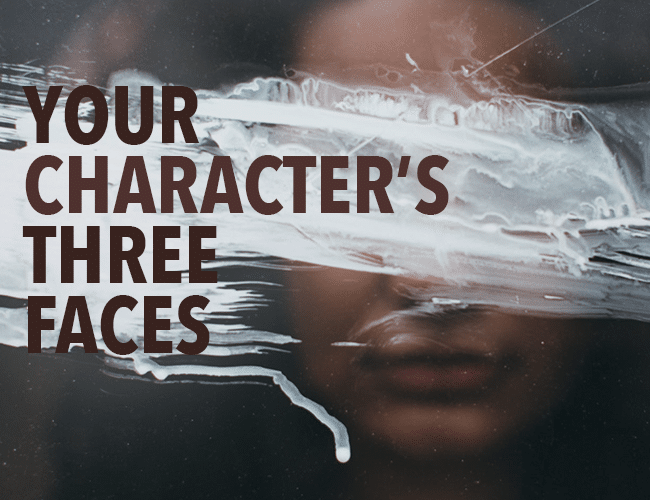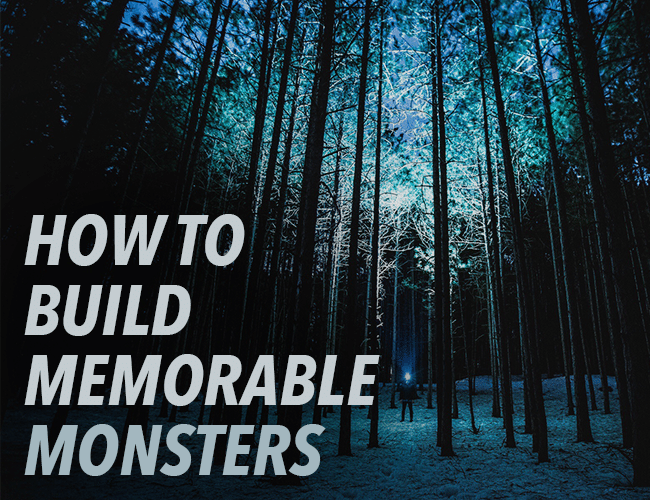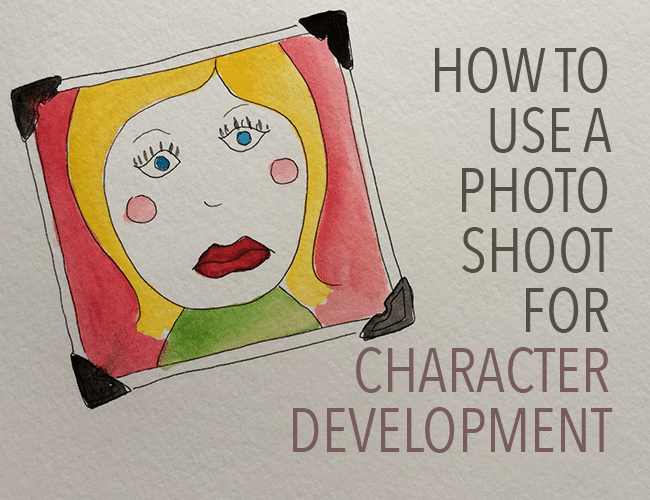
by Jeff Elkins |
I am addicted to novels I can’t put down, to TV shows I can’t just watch one episode of, to short stories I have to finish, and to movies that keep me guessing until the very end.
I love stories that grip me and demand my attention. I am on an unending hunt for them and for the suspense they make me feel.
As a writer, these are the types of stories I hope to create—stories that pull the reader to the edge of his seat and keep him there until the last page.
Let’s take a look at three tools you can use in your stories to build suspense and keep your readers engaged.

by Jeff Elkins |
Every year romance tops the list of the most widely read genres. From Edward and Bella to Harry and Sally to Romeo and Juliette, most of the greatest stories ever told have at their center two people discovering their feelings for one another.
We love tales of characters fighting to find a connection, but before we can flush out a fiery story filled with heat and tension, we need to understand what kind of spark our characters are experiencing.
I’ve experienced three different forms of romantic feeling: infatuation, lust, and love. Each is its own unique kind of fire. When we write romantic relationships between characters, it’s important we know which of these three types of burn they are experiencing.

by Ruthanne Reid |
People are complicated, and much of what makes us who we are is hidden beneath the surface. As we interact with different people, we reveal different layers of ourselves. The same is true of your character—they will express themselves differently depending on the people around them.
Who is your character when people are watching? Who is your character when they’re not?
by Jeff Elkins |
We know our characters must change. From the first word to the last, if our main character isn’t different, then we haven’t written a story people will connect with.
But writing believable character change can be hard. Change doesn’t just happen. It’s not enough to simply flip a switch and make our protagonists different from one scene to the next. Our characters need to evolve slowly.
In today’s post, I’m sharing a system of thinking that helps me build characters that experience believable and realistic change.

by Jeff Elkins |
They lurk in dark corners of our houses when everyone else is asleep. We see their shadows at the other end of that abandoned alley where the street lamps are broken. They watch us in the woods, close enough to feel but still hidden by the gloom.
I’m talking about monsters. The kind that go bump in the night and leave a chill running up our spines.
When we build terrifying monsters into our stories, they will ingrain themselves in our readers’ minds, making our stories unforgettable.

by Pamela Fernuik |
When we imagine what a character looks like, we see only the basic, surface details, like height and hair color. But when we describe a character in a photograph, a person is more than their hair color, height, and gender. We can learn a lot about them from the way they pose for the photograph.
The photographer has arrived to photograph the characters for your story. They are setting up the lights and the backdrop as your characters get ready to have their photograph taken. Here’s how visualizing a photo shoot will help you improve your character development.







